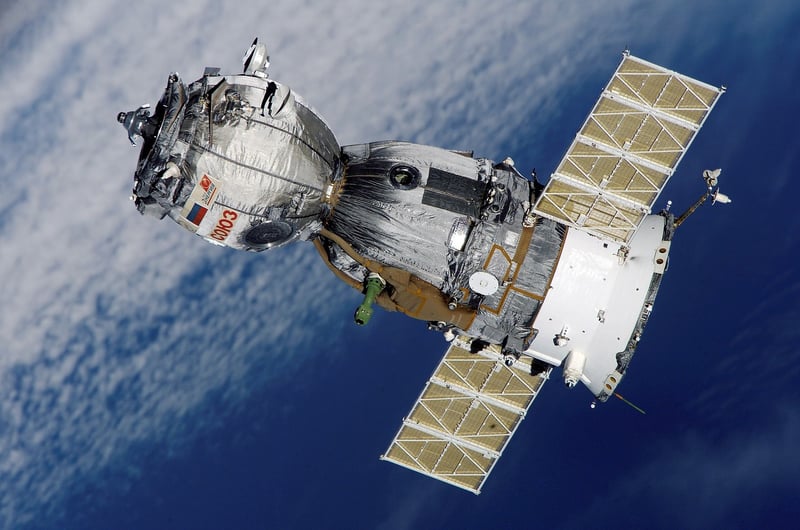Spacecraft Design
The Intersection of Cutting-Edge Technology and Spacecraft Design
Space exploration has always been at the forefront of technological innovation. From the early days of Sputnik to the Mars rovers of today, spacecraft design has evolved significantly thanks to cutting-edge technology. Let's delve into how the latest technological advancements are shaping the spacecraft of the future.
1. Advanced Materials
One of the key areas where technology has revolutionized spacecraft design is in the development of advanced materials. Materials like carbon composites and lightweight metals have allowed engineers to build lighter yet stronger spacecraft, enabling them to travel further into space while withstanding the harsh conditions of the cosmos.
2. Additive Manufacturing
3D printing, also known as additive manufacturing, has transformed the way spacecraft components are fabricated. This technology allows for complex geometries to be created with precision, reducing weight and production time. Additive manufacturing has been crucial in prototyping new spacecraft designs and even producing parts onboard the International Space Station.
3. Autonomous Systems
Autonomous systems play a vital role in spacecraft design, enabling vehicles to operate independently in space. AI-powered navigation systems, robotic arms, and self-repairing mechanisms are just a few examples of how autonomy is integrated into modern spacecraft. These systems are essential for long-duration missions where real-time communication with Earth is limited.
4. Solar Sails
Solar sails are a revolutionary propulsion technology that harnesses the power of sunlight to propel spacecraft through space. By reflecting photons from the sun, solar sails provide continuous acceleration without the need for traditional fuel. This technology opens up new possibilities for interstellar travel and long-term missions to distant planets.
5. Virtual Reality
Virtual reality (VR) has found applications in spacecraft design by enabling engineers to visualize and simulate complex systems in a virtual environment. VR technology allows for immersive training simulations, ergonomic evaluations of cockpit layouts, and interactive walkthroughs of spacecraft interiors. It has become an indispensable tool in the design and testing phase of new spacecraft.
Conclusion
The marriage of cutting-edge technology and spacecraft design has propelled the field of space exploration to new heights. As technology continues to advance, we can expect even more innovative designs and capabilities in future spacecraft. The possibilities are limitless as we push the boundaries of human exploration beyond our home planet.

Explore more about spacecraft design and technology at NASA's spacecraft design page.
